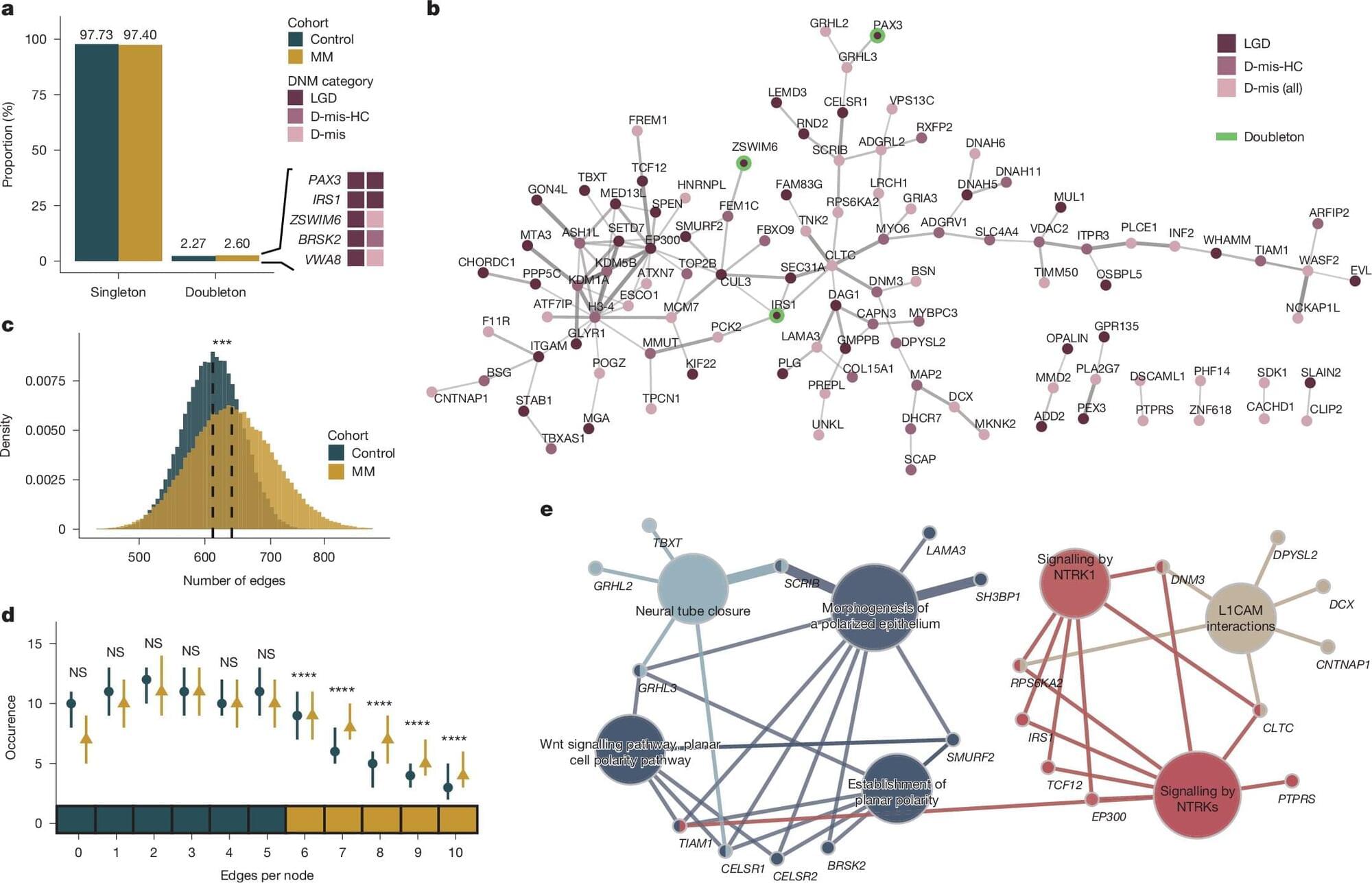Scientists at Rady Children’s Institute for Genomic Medicine, and the Department of Neurosciences and Pediatrics at the University of California, San Diego, have made a significant breakthrough in understanding the causes of spina bifida, a serious birth defect affecting thousands of newborns each year.
The new study, published in Nature, reveals critical insights into how this condition develops and opens the door for potential future treatments.
Spina bifida, or meningomyelocele, occurs when the spine and spinal cord do not form properly during early pregnancy. Most often identified during prenatal ultrasound, the condition can lead to lifelong disabilities of the lower limbs and bladder. Newborn sequencing is not routinely used in this condition because causes remain unknown. While researchers have long understood certain environmental risk factors, the new study provides a deeper look into the molecular mechanisms underlying the condition.
